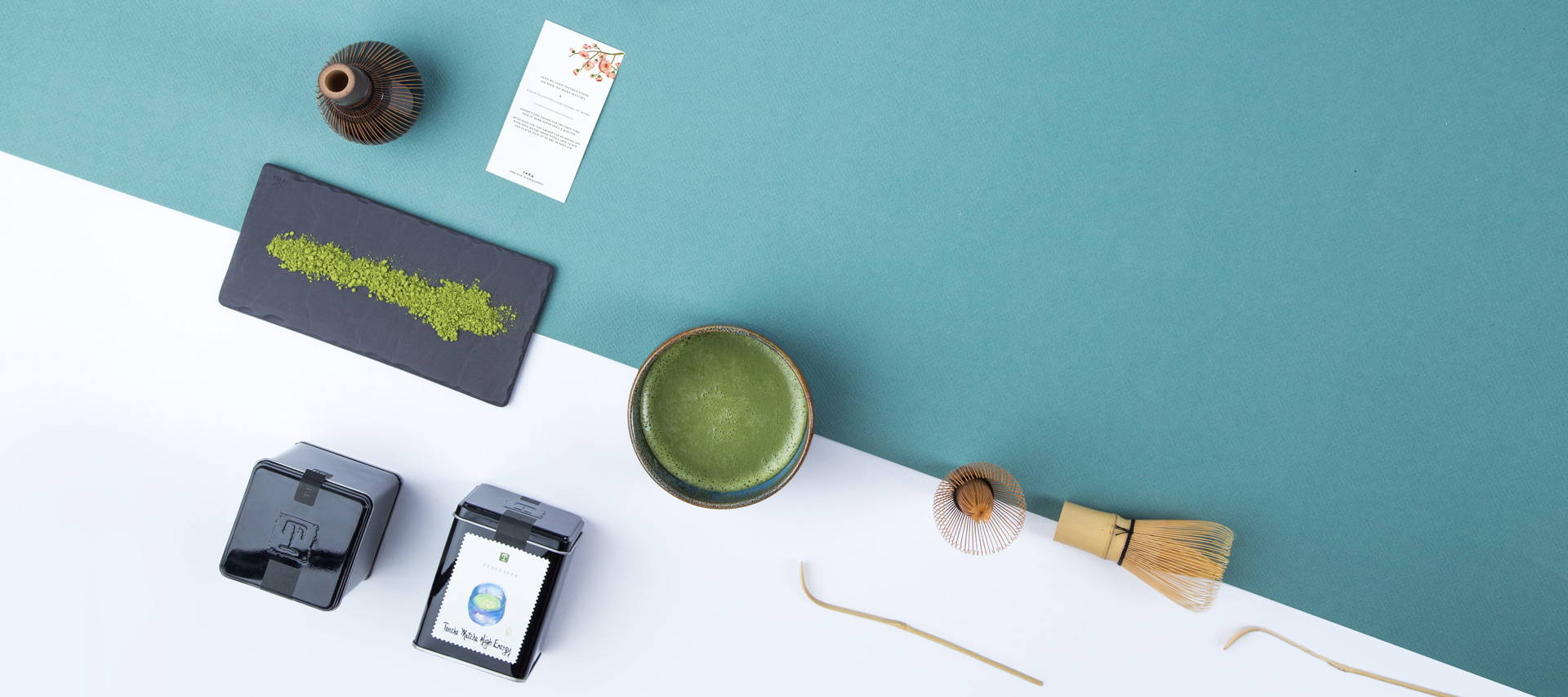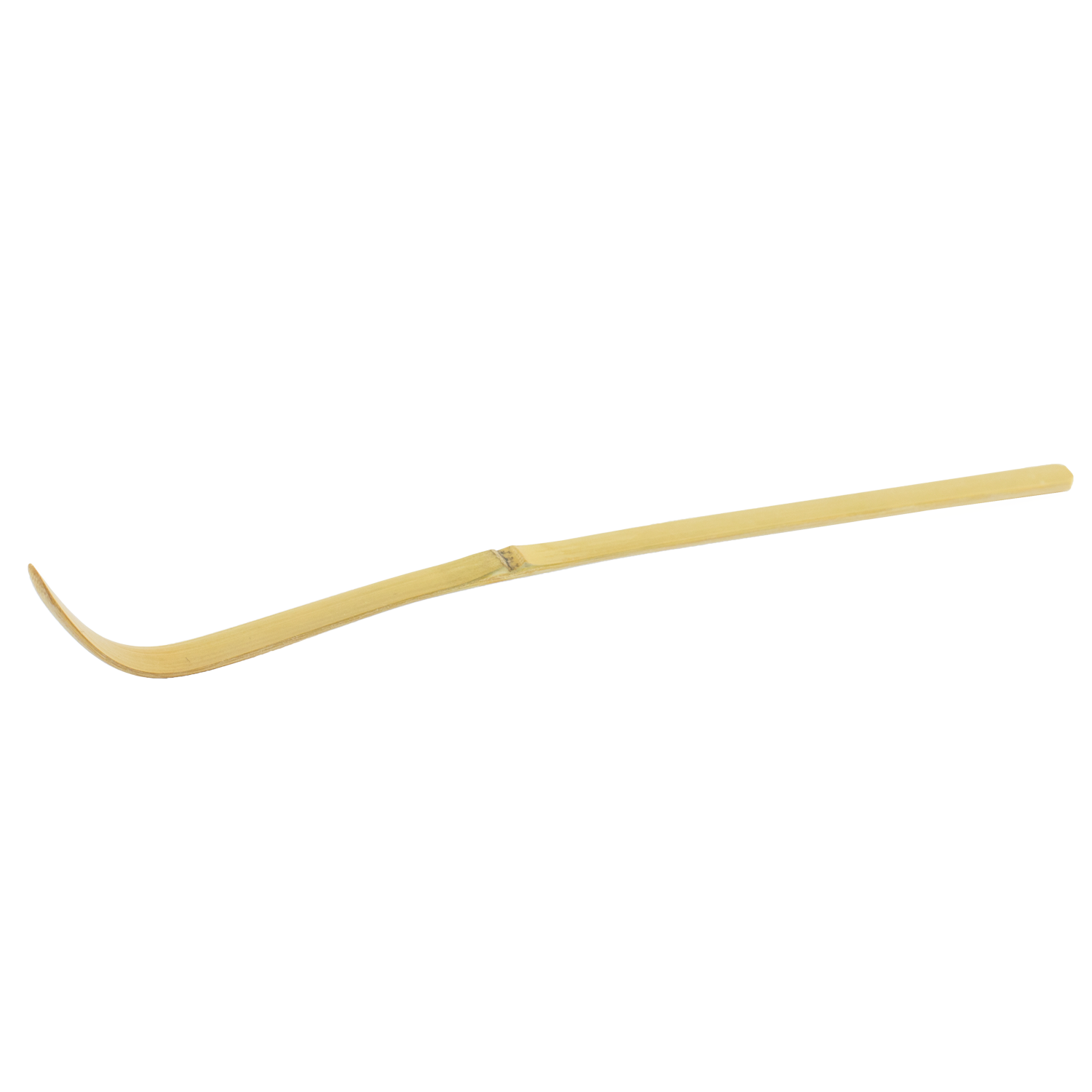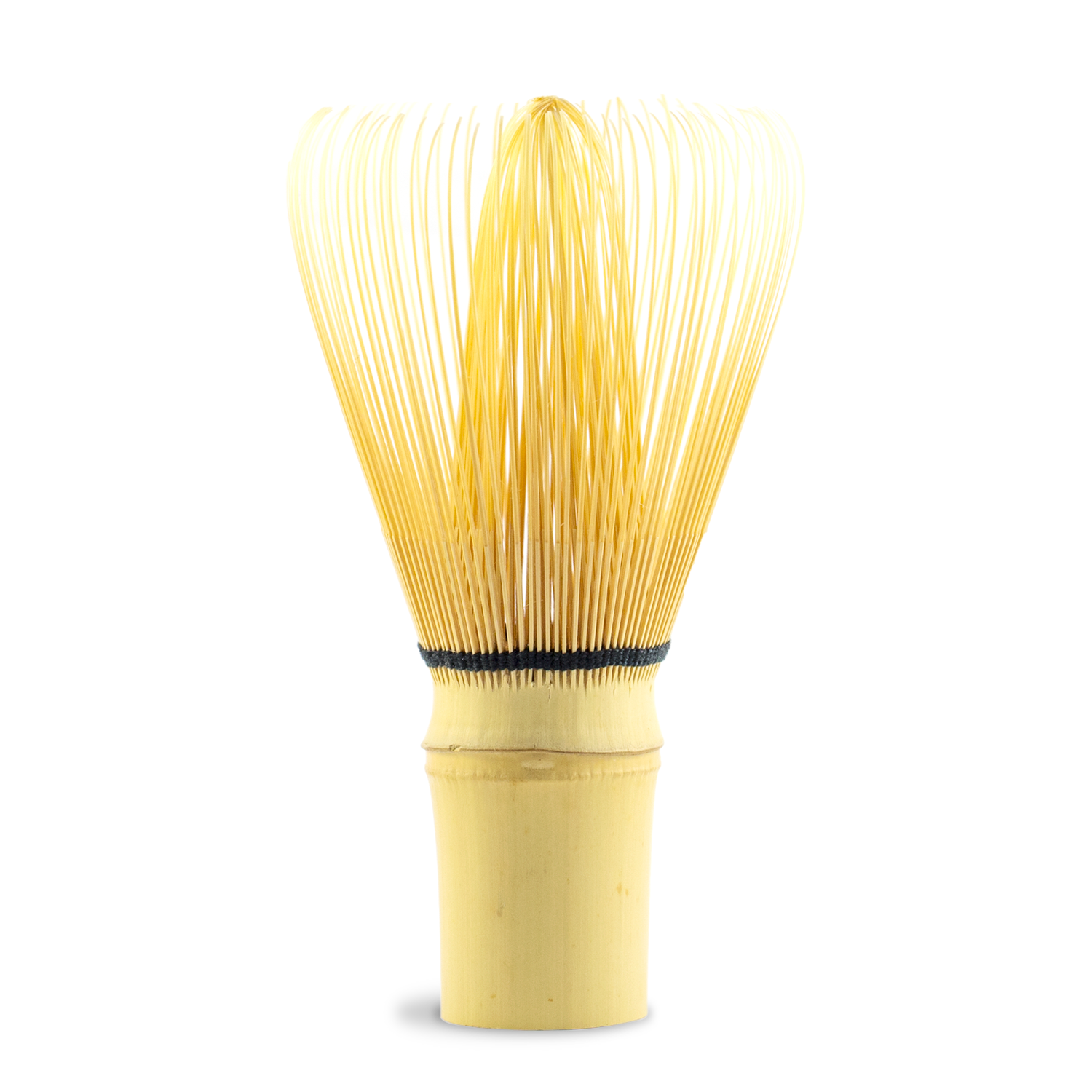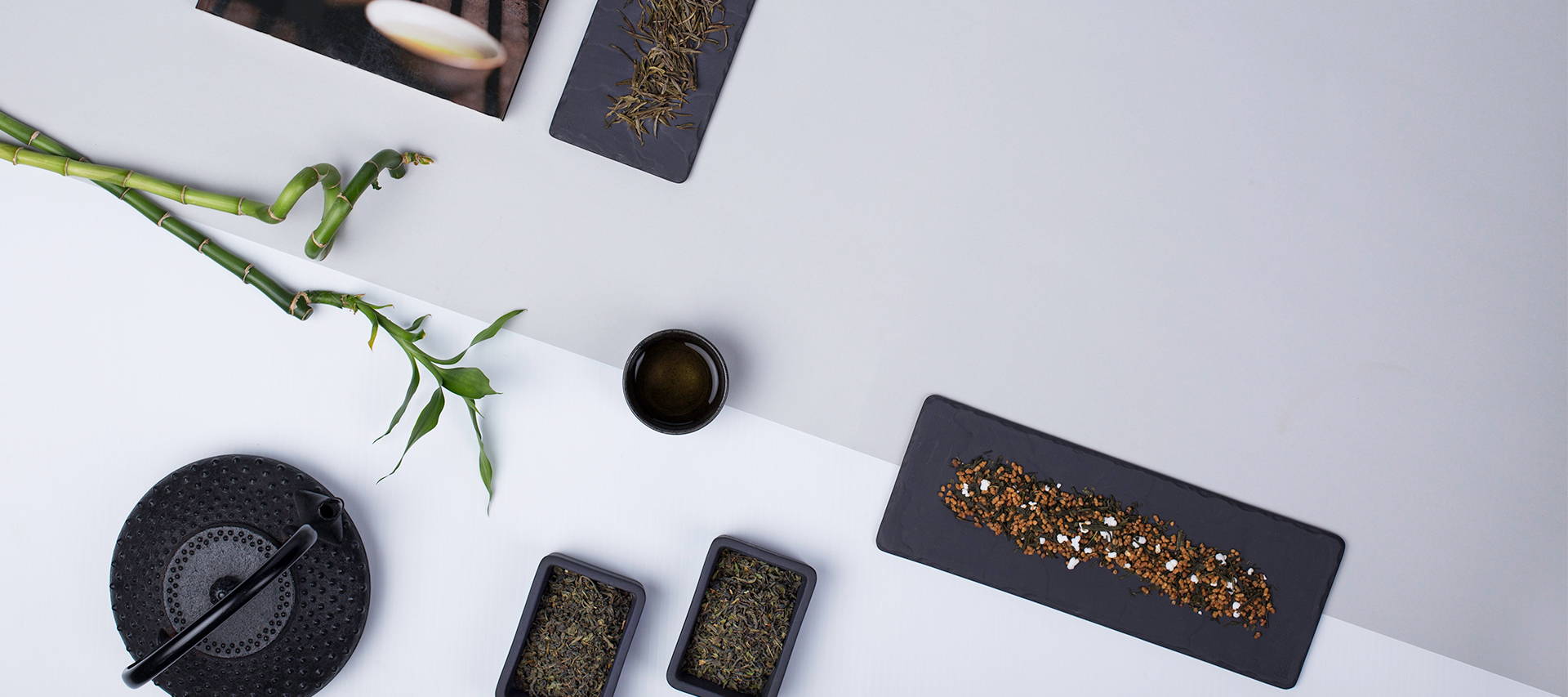Chado is based upon the simple act of boiling water, making tea, offering it to others, and drinking of it ourselves. Served with a respectful heart and received with gratitude, a bowl of tea satisfies both physical and spiritual thirst.
Form is everything in tea; but form is not valued simply as an end in itself. To the outside observer, the movements of the participants engaged in Tea activity look deceptively like an elaborate and arbitrary system of etiquette. Through the form one enters into a deeper understanding, which is not available by any intellectual process of verbal explanation.
The frenzied world and our myriad dilemmas leave our bodies and minds exhausted. It is then that we seek out a place where we can have a moment of peace and tranquility. In the discipline of Chado such a place can be found.
Learning Chado begins with a step-by-step process in which the body acquires the ability act in the tea environment without superfluous mental calculation, and as in any sport, dance or musical discipline, this means that it is learned by the body through repetition.








